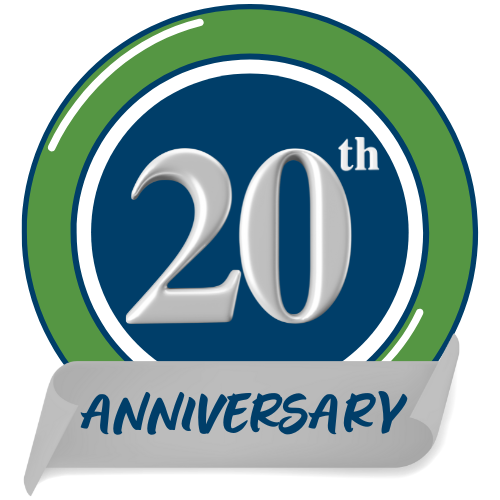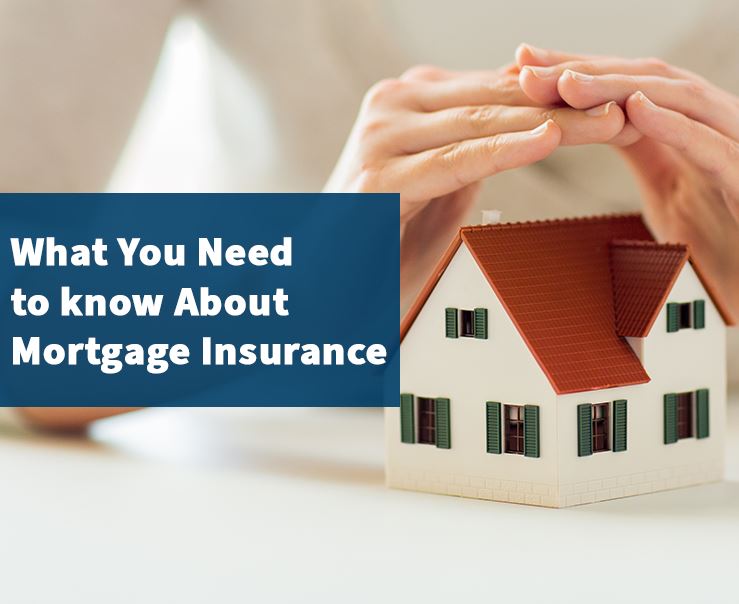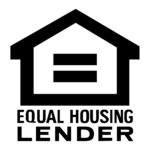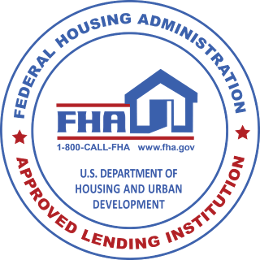If you purchase a home with a down payment that is less than 20% of the purchase price, you will likely need to purchase mortgage insurance. In fact, if you signed an FHA or USDA mortgage, you are likely required to have mortgage insurance.
While mortgage insurance will increase the cost of your loan, you will usually only have to pay it until the equity in your home reaches 20% or until you refinance.
What is Mortgage Insurance?
Mortgage insurance is taken out to protect your lender’s investment in the home, not yours.
When calculating risk levels, lenders look at the loan-to-value (LTV) of the mortgage. This is a measurement that shows how much value a house has if the lender needs to foreclose. The lower the equity level, the higher the perceived risk of the loan. For equity levels that are less than 20%, lenders typically require insurance that covers them should they fail to pay.
While that might sound like it only benefits lenders, that isn’t necessarily the case. If you can’t afford to put down 20% or elect to pay a smaller down payment, mortgage insurance allows you to become a homeowner sooner.
Rather than continuing to rent and save until you have 20% to put down, you can buy and start building up equity right away. In many cases, the value you get from the appreciation of your house and the monthly paydown in your mortgage might more than offset the additional cost of mortgage insurance.
Types of Mortgage Insurance
Private Mortgage Insurance (PMI)
If you get a conventional loan, your lender will likely arrange for mortgage insurance through a private company like Radian or MGIC. How much you pay will vary depending on your credit score, the loan term, the amount of the loan, and your down payment amount.
Depending on the risk levels, PMI typically costs between .25% to 2% of the mortgage amount. For borrowers with good credit, this insurance is generally cheaper than other mortgage insurance.
There are several types of PMI.
Borrower Paid Mortgage Insurance (BPMI)
This is by far the most common type of mortgage insurance. It is paid as an additional monthly fee that you pay as part of your mortgage.
One of the advantages of BPMI is that you can cancel it once you have a 20% equity stake in your home.
(For example, if I bought a $300,000 house and over five years it appreciates 10% to $330,000, and I paid down $30,000 of my mortgage through monthly payments, I would have $60,000 of equity built up, 20% of my original purchase price. This would mean I no longer need PMI and can cancel it.)
Suppose you include the increased value of the property toward your 20%. In that case, you might need to support your valuation via a new appraisal, a broker price opinion (BPO), or an automated valuation model (AVM). To cancel your PMI, your mortgage payments must be current, you have to have a good payment history, and there have to be no additional liens on your property. If your equity stake builds to 22%, the lender will automatically cancel your mortgage insurance premiums.
Single-Premium Mortgage Insurance (SPMI)
This means paying with a lump sum upfront. The money can be either paid at closing or financed into the mortgage. This type of mortgage insurance has a few benefits:
- Your monthly payment will be lower compared to BPMI.
- This might help you qualify for a larger mortgage.
- It might be able to save you money if you stay in your home longer than three years.
There are also a few potential drawbacks:
- If you refinance or sell within a few years, no portion of the payment is refundable.
- If you borrow the money to make the SPMI, you will be paying the finance charges for as long as you have the mortgage.
- If you didn’t have the cash to make a 20% down payment, you might not have the cash to make the single up-front payment.
Lender Paid Mortgage Insurance (LPMI)
With this, the lender will pay your mortgage insurance and build it into the cost of the loan in the form of a slightly higher interest rate that you will pay over the life of the loan. While that may sound attractive, there are some things to consider.
This mortgage insurance can’t be canceled once you accumulate 20% equity, and it isn’t refundable. On the plus side, despite the higher interest rate, your payments may still be lower, allowing you to qualify for a larger mortgage.
Split-Premium Mortgage Insurance
This is a hybrid program where you pay some upfront and the rest via a monthly fee built into your mortgage payment. You don’t have to pay as much money upfront as with an SPMI, and your monthly payments would be lower than if you did a BPMI.
If you have a high loan to value, the lower monthly payment might help you get your mortgage (like SPMI). Split premiums are partially refundable once coverage is canceled or terminated.
Federal Housing Administration Loans
If you are getting an FHA mortgage, you are required to get FHA mortgage insurance. The insurance premiums are paid to the FHA and use a split premium model in which some of the cost is paid upfront, and the rest is paid on a monthly basis.
If you don’t have the money, the upfront cost can be rolled into the mortgage, which will increase the cost of the loan. The cost is the same no matter your credit score, and there is only a small increase for down payments of less than five percent.
US Department of Agriculture (USDA) Loan
These loans are typically for rural housing. The insurance program offers the same features as the FHA program, only cheaper.
Dept of Veterans Affairs (VA) Loan
These are loans designed to help servicemen and woman, veterans, and their families. With these loans, a VA guarantee replaces mortgage insurance.
Rather than pay a monthly insurance premium you pay an upfront “funding fee” which can vary depending on your type of service, the down payment amount, your disability status, whether you are buying a home or refinancing and whether or not this is your first VA loan. Like the FHA and USDA loans, you can roll the upfront fee into the mortgage if you don’t want to pay right away.
How to Avoid Paying Mortgage Insurance
The best way to do this is to work with a mortgage consultant. There are different ways depending on which type of mortgage insurance you choose.
- For all types of loans, the best way will be to refinance your mortgage. Get a new mortgage to pay off the old mortgage and replace it with new terms that, presumably, include a 20% down payment to eliminate the need for mortgage insurance.
(Note that refinancing will include costs and fees. Interest rates might have gone up as well. Weigh the new cost against the cost of continuing to pay mortgage insurance to see which is the better option. )
- One other option that is sometimes used to avoid paying mortgage insurance is called a “piggyback second.” This is a second mortgage that is taken out on the house at the same time as the first mortgage. The money from the second mortgage is used as a down payment on the first, thus eliminating the need for mortgage insurance. For example, you have a $100,000 mortgage. You put down 10% and take out a $10,000 second mortgage.
You use the $10,000 from the second, pair it with your $10,000 down payment and put down 20 percent, thus eliminating the need for mortgage insurance. Be careful with this option and work with a professional advisor. The interest rate on the second mortgage will likely be higher than that of the first since it is in a second lien (riskier) position.
This increased interest amount will have to be paid for the life of the second mortgage. It can’t be canceled. The second mortgage will also have closing costs. At the end of the day, this option might cost you more than you are saving in mortgage insurance premiums.
- If you are thinking about getting a single premium mortgage insurance program, try negotiating with the seller or the builder. See if they will pay the insurance fee as an incentive for you to purchase the home.
Conclusion
Mortgage insurance is a tool that potential homeowners can use to try to get themselves into a home sooner rather than later. Because you pay it along with your mortgage every month, it is easy to forget about. If you have private mortgage insurance, especially if it’s borrower-paid mortgage insurance, it is worth keeping tabs on how much equity you have in your home so that you can apply to have the mortgage insurance canceled once you hit 20%.
Different mortgage insurance options can be used depending on what your needs are. Some are designed so you can borrow more, some are designed to give you flexibility, and some are tied to certain types of mortgages. To see which options are best suited for you, talk to a mortgage consultant. They can work the numbers and tell you which approaches align best with your personal situation.









